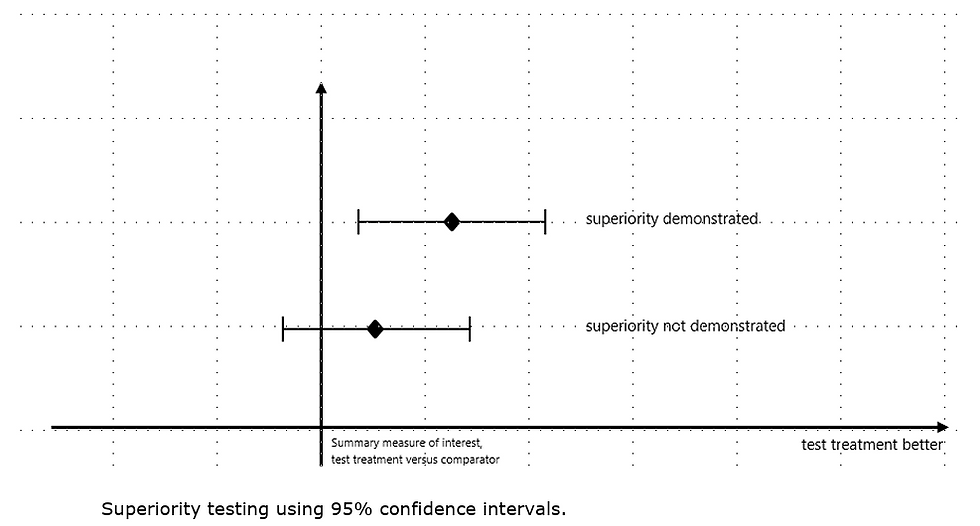USFDA Guidances: Topical Generic Drug Products - ANDAs
- Sharan Murugan

- Oct 22, 2022
- 2 min read
Yesterday (October 21, 2022) USFDA Released multiple New draft guidelines providing guidance on topical generic drug product physicochemical and structural characterization tests, in vitro release tests (IVRT), and in vitro permeation tests (IVPT).
These draft guidances aim to support applicants who are submitting abbreviated new drug applications (ANDAs) for liquid-based and semisolid products applied to the skin, including integumentary and mucosal (such as vaginal) membranes or to the “topical products” skin.

Guidance: Physicochemical and Structural (Q3) Characterization of Topical Drug Products Submitted in ANDAs Draft Guidance This draft guidance provides general recommendations for Q3 characterization tests that can be used
1) to assess whether a proposed generic (test) topical product and its reference standard are in the same dosage form
2) to describe properties of the drug product that may be critical to its performance
Guidance: In Vitro Release Test (IVRT) Studies for Topical Drug Products Submitted in ANDAs Draft Guidance
An IVRT study is used to assess the rate of release of an active ingredient from a topical product.
In this draft guidance, general recommendations are provided for IVRT studies comparing a generic (test) topical product with its reference standard in order to demonstrate bioequivalence.
Guidance: In Vitro Permeation Test (IVPT) Studies for Topical Drug Products Submitted in ANDAs Draft Guidance
An IVPT study can be used to determine how quickly and how much active ingredients from a topical product reach the site of action in the skin and can be used to characterize and compare the bioavailability of a drug between a reference and test topical product.
The purpose of this draft guidance is to provide general recommendations for IVPT studies that compare a generic product against its reference product in order to demonstrate bioequivalence.
To assist applicants submitting ANDAs for topical dermatologic corticosteroid products, this guidance describes recommendations for in vivo studies demonstrating bioequivalence and also provides clarity for potential ANDA applicants on the appropriate pilot and pivotal studies and other recommendations for the pharmacodynamic approach to assessing the bioequivalence of topical dermatologic corticosteroids.



Comments